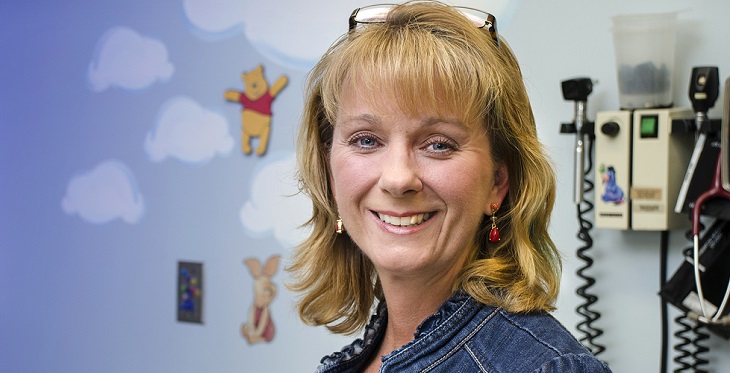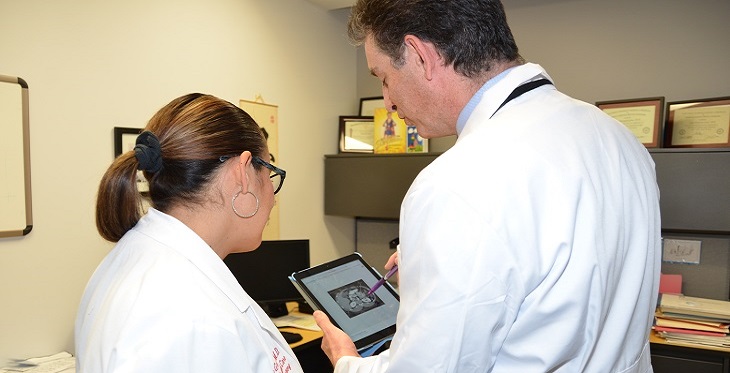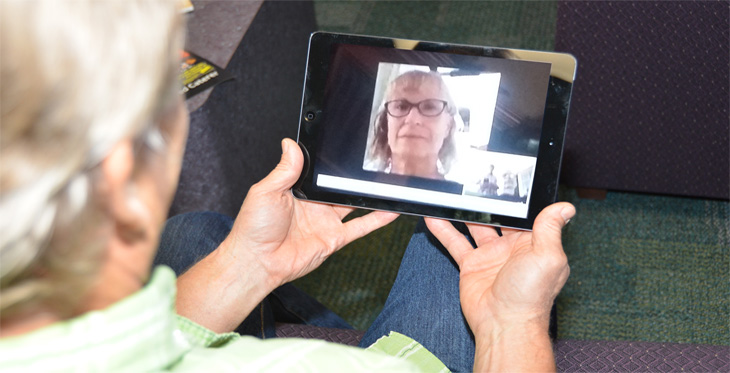Like many first-time users of new technology, clinicians taking part in an NIH-funded study to reduce asthma morbidity in elementary school children had some doubts.
But after several months of monitoring children from a distance, using 3M Littman Bluetooth stethoscopes, they were nearly 100 percent in favor of the new technology.




